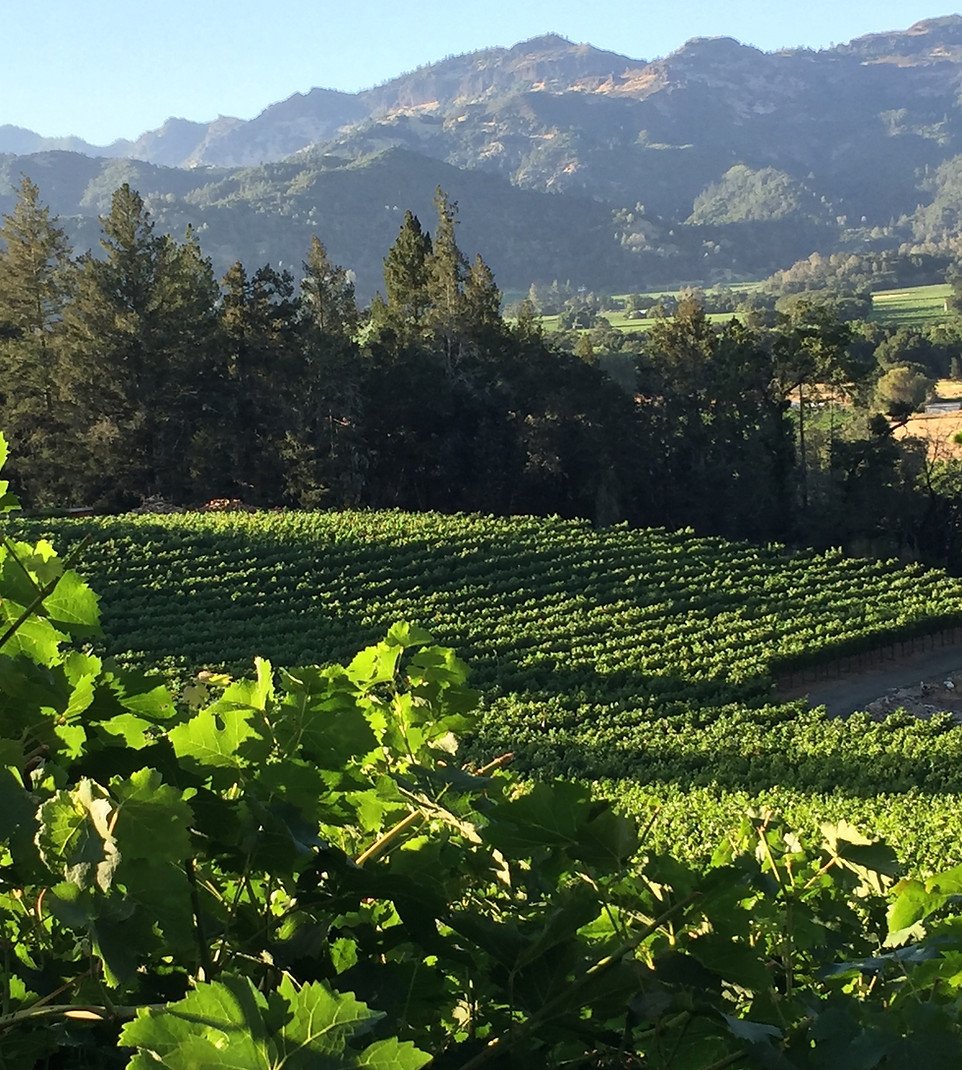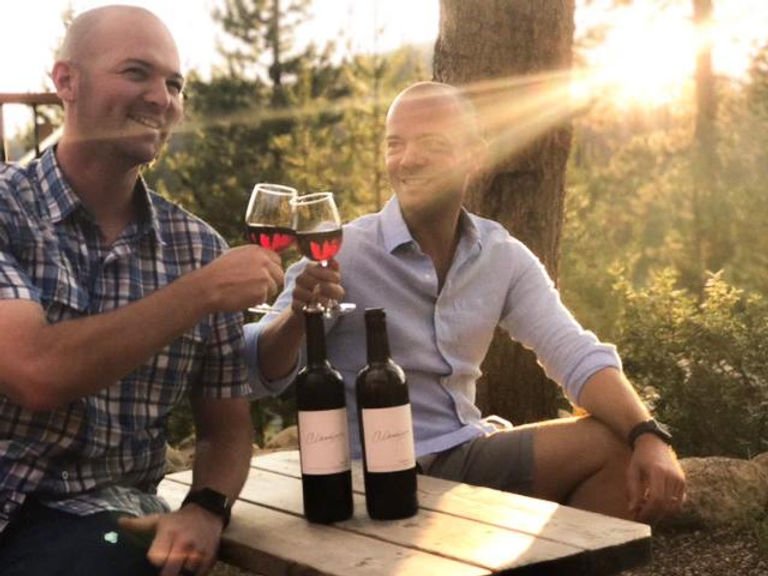LUXURY WINE WITHOUT THE PREMIUM
A MICRO-NEGOCIANT MODEL
We bring the Burgundian micro-negociant model to California, sourcing wine from premium wineries under the Claudine label. This concept is not entirely novel (the French have been doing this for centuries), but what makes us different is:
We keep our projects really small (~75-100 cases at a time) because this is where the value is. At larger volumes, brokers get involved.
We work only with the best of the best. Think allocation-list labels you’d see on the wine list at Michelin 3-Star restaurants or rockstar winemakers you read about in the latest Wine Spectator. We get access before others because of our network and reputation for keeping sources discreet.
By avoiding the costs that traditional wineries face, we offer luxury wine without the luxury premium.
EVERY WINE HAS A STORY
HOW WE GET OUR WINE
Each wine has a unique story. Here are a few examples.
During the 2017 fires in Napa Valley, several wineries tragically burned down. One winery owner decided not to rebuild, leaving their unbottled vintages suddenly available for sale. We stepped in and bought their pristine Atlas Peak Cabernet and Chardonnay.
With the global pandemic of COVID-19, restaurants shut down across the country. Wine destined for restaurant lists suddenly needed a new home. We were able to buy barrels from an iconic producer, sourcing a 95 point wine at incredible value.
Not all stories require a seismic event. Every year, the amount of wine produced changes based on growing conditions and blending decisions. Yet demand is relatively fixed, especially for premium wines that retail for $100+. Storing inventory is expensive, and deep discounts (e.g. via "flash sale" sites) hurt the premium brand image.
We step in to provide a better alternative. We still sell wine for 30-70% off, but the discreet nature of our relationships allows us to access phenomenal wines.
FINE WINE YOU CAN AFFORD TO OPEN
WHAT’S IN YOUR BOTTLE
As a micro-negociant, Claudine sources barrels of wine that are ready for bottling. We meticulously taste through each barrel and take only the best ones. We aim to source the exact same wines used by the winery - no “cellar scraps” here.
Our model also means that the vineyard and winemaking decisions are left to the experts - including one who was named one of the “9 best consulting winemaker’s in Napa” by Robert Parker. The wines reflect purely the winemaker’s intent.
MEET THE TEAM
We won't lie. Finding new wines for you is a pretty fun process. We make friends in the industry. They send us wine. We taste. We make decisions that keep our standards high. We strive to never disappoint you with our selections.
Cheers friends!
Brian and Lance Retherford
These guys absolutely love fine red wine and absolutely hate paying too much for it! They practically consider Napa as their second home and have a penchant for making astounding selections and creating amazing blends.
Mike and Anna Cartner
The only thing Mike & Anna enjoy more than a great glass of wine is sipping it with good friends! The Cartner's became friends of Brian & Lance by way of their shared passion for wine and instantly fell in love with the Claudine model. They decided to join the team to ensure we constantly have amazing wines to offer!





